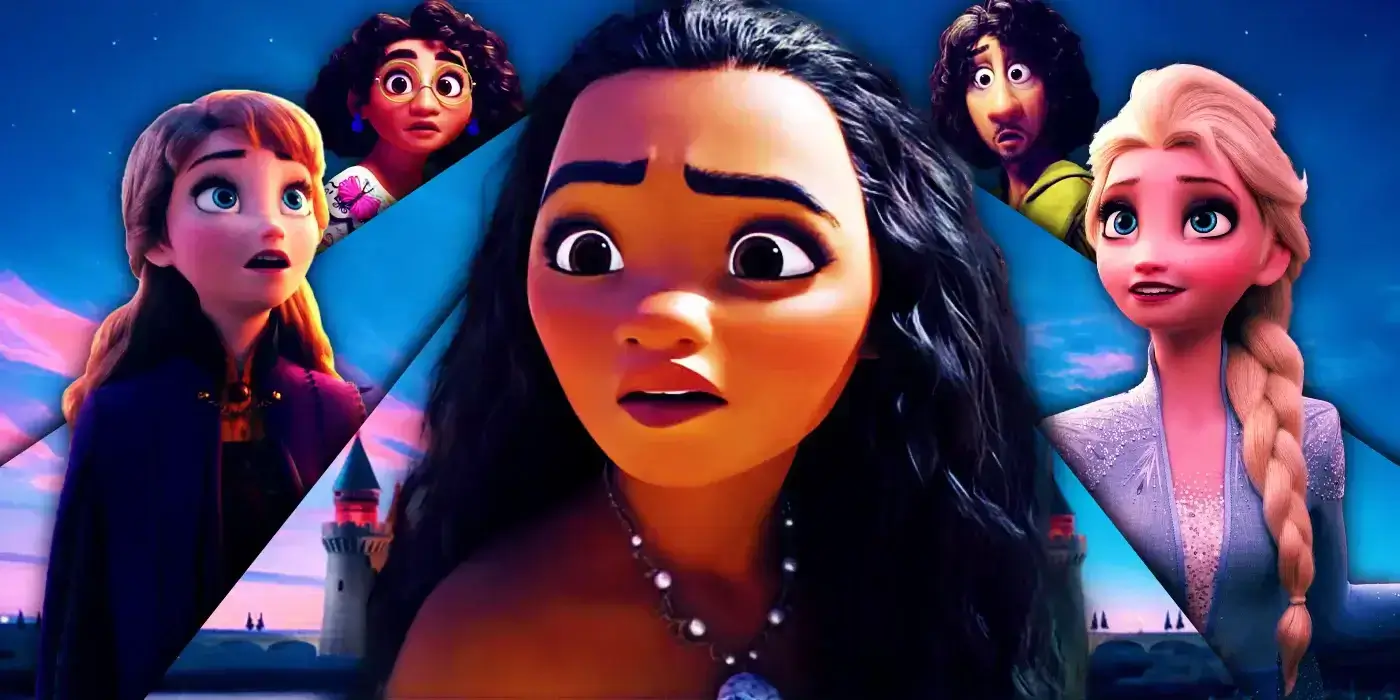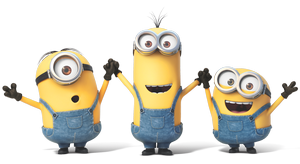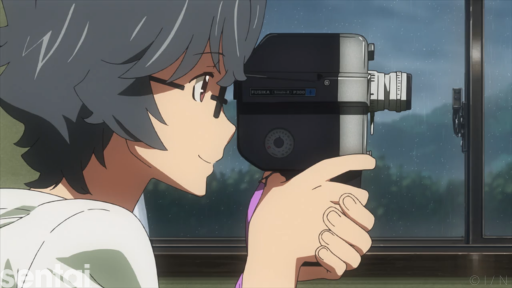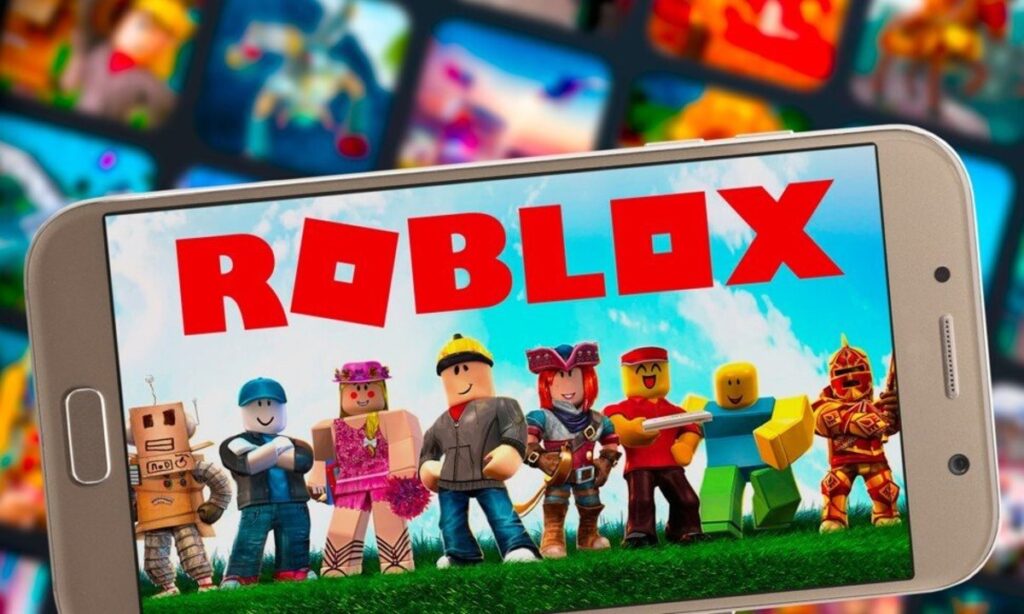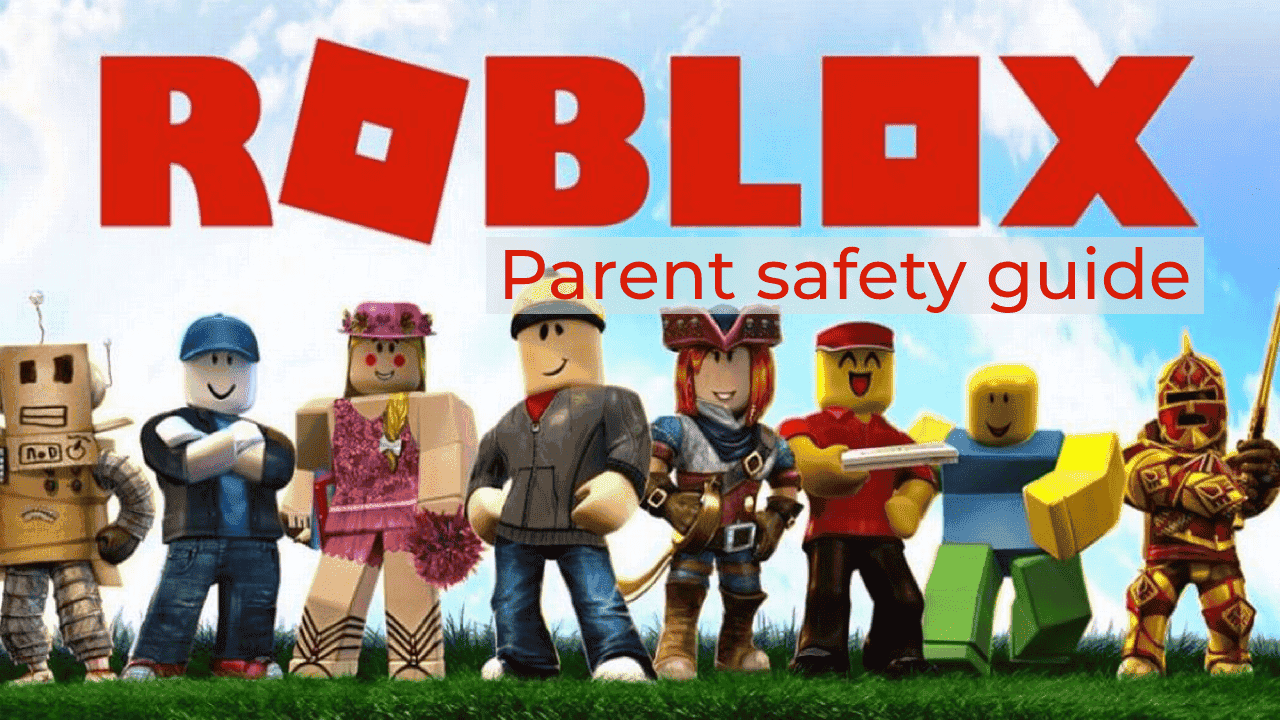Have you ever wondered what’s common among movies like Toy Story, Avatar, or Frozen ? How do they create realistic and captivating characters, environments, and effects? The answer is 3D animation, which involves creating and manipulating digital models and images using computer software.
3D animation is used for entertainment and education, advertising, gaming, engineering, architecture, and more. It is a versatile and powerful tool that can help you express your ideas, communicate your messages, and showcase your talents.
What are the benefits of mastering this skill? How can it help you in your personal and professional life? This article will answer these questions and show how 3D animation can boost your career and creativity.
What is 3D animation, and how does it work?
3D animation is the creation of moving images in a three-dimensional space using computer-generated imagery. It adds depth and realism to visual content, commonly employed in industries.
3D animation is like playing with digital clay. You can make anything and move it around on your computer screen. It’s different from 2D animation, just flat pictures and cartoons. 3D animation has depth and shape, like real objects.
3D animation started in the 70s when Ed Catmull, John Lasseter, and James Blinn figured out how to make and animate 3D stuff on computers. They were the pioneers of computer graphics. Since then, 3D animation has improved, thanks to new technology and software.
The main steps and techniques involved in 3D animation are:
- Modeling: This is where you make the 3D objects you want to animate, like characters, props, and backgrounds. You can use different shapes and curves to make them, like polygons, NURBS, or sculpting.
- Texturing: Using pictures or other methods, you add colors, patterns, and details to the 3D stuff. Texturing can make the 3D stuff look more real and nice and show the scene’s feeling and vibe.
- Rigging: You next add some bones, joints, and controllers to the 3D things, so they can bend and twist and do stuff. Rigging can also mean adding skin, muscles, hair, and clothes to the 3D things and making them show emotions and speak.
- Animating: You then make the 3D things move and behave using keyframes, curves, or motion capture. Animating can involve different aspects, like timing, spacing, easing, anticipation, follow-through, and overlap.
- Lighting: You then put some lights and shadows in the scene, to make it look more 3D and real. Lighting can also affect the mood, tone, and contrast of the scene, and show the focus and details
- Rendering: You finally turn the 3D scene into a bunch of pictures or a video using math and algorithms. Rendering can involve different factors, like resolution, quality, anti-aliasing, and effects.
3D animation vs 2d animation

3D animation can be compared and contrasted with other types of animation, such as 2D and stop-motion. 2D animation uses flat drawings and shapes manipulated frame by frame, while stop-motion uses physical objects and puppets photographed frame by frame. 3D animation has some advantages over these types, such as:
- Flexibility and control over the camera, perspective, and depth of field
- More realism and detail in the models and textures
- More possibilities and variations in the animation and effects
- Easier and faster to edit and modify
However, 3D animation also has some disadvantages, such as:
- Complex and time-consuming to learn and master
- More expensive and resource-intensive to produce and render
- More prone to technical issues and glitches
- Less stylized and expressive than 2D or stop-motion
Why should you learn 3D animation?
Learning 3D animation can have many benefits for your personal and professional development. Here are some of the reasons why you should learn 3D animation:
Level up your art and tech skills: Learning 3D animation can make you a master of art and tech, as you can learn how to draw, sculpt, paint, design, compose, color, and more. You can also learn nerdy stuff like anatomy, physics, math, logic, and programming. These skills can help you express your ideas, messages, and talents in different fields and domains.
Unleash your imagination and creativity: Learning 3D animation can let you unleash your imagination and creativity, as you can create and explore different worlds, characters, stories, and scenarios. You can also try different styles, genres, and themes and find new ways and solutions.
Boost your confidence and self-expression: Learning 3D animation can boost your confidence and self-expression, as you can share your vision, passion, and emotions with others. You can also get feedback, criticism, and appreciation and learn from mistakes and successes.

Expand your career options and opportunities: Learning 3D animation can open up many career options and opportunities, as 3D animation is used in various industries and sectors, such as entertainment, education, advertising, gaming, engineering, architecture, and more. You can work as a 3D animator, modeler, rigger, texture artist, lighting artist, rendering artist, or generalist, or you can specialize in a specific area, such as character animation, environment animation, or visual effects.
Build your portfolio and resume: Learning 3D animation can help you build and improve your portfolio and resume, as you can showcase your skills, abilities, and achievements in 3D animation. You can also show your versatility, originality, and professionalism and attract the attention and interest of potential clients, employers, and collaborators.
How Supersaga Can Make You a Better 3D Animator in No Time
3D animation is a powerful and expressive medium that can bring your stories and visions to life. However, creating 3D animations can be challenging and time-consuming, especially if you need more technical skills or experience. That’s why you need SUPERSAGA, the ultimate 3D animation tool that caters to creators of all levels.
SUPERSAGA is more than just a tool, it’s a solution. It simplifies the 3D animation process by providing a user-friendly interface, a rich library of assets, and a smart animation engine. You can easily customize your characters, scenes, and props and then animate them with realistic and dynamic motions. You can also add sound effects, music, and voice-overs to enhance your animations.
With SUPERSAGA, you can create stunning cinematic 3D animations in no time without any coding, scripting or robust animation knowledge. Whether you want to make a short film, a game, a presentation, or a social media post, SUPERSAGA can help you achieve your goals.
It helps you learn and improve your 3D animation skills through interactive tutorials, tips, and challenges. You can also access many resources and guides from our website and blogs. With SUPERSAGA, you can become a better 3D animator in no time and unleash your creativity and storytelling prowess.

